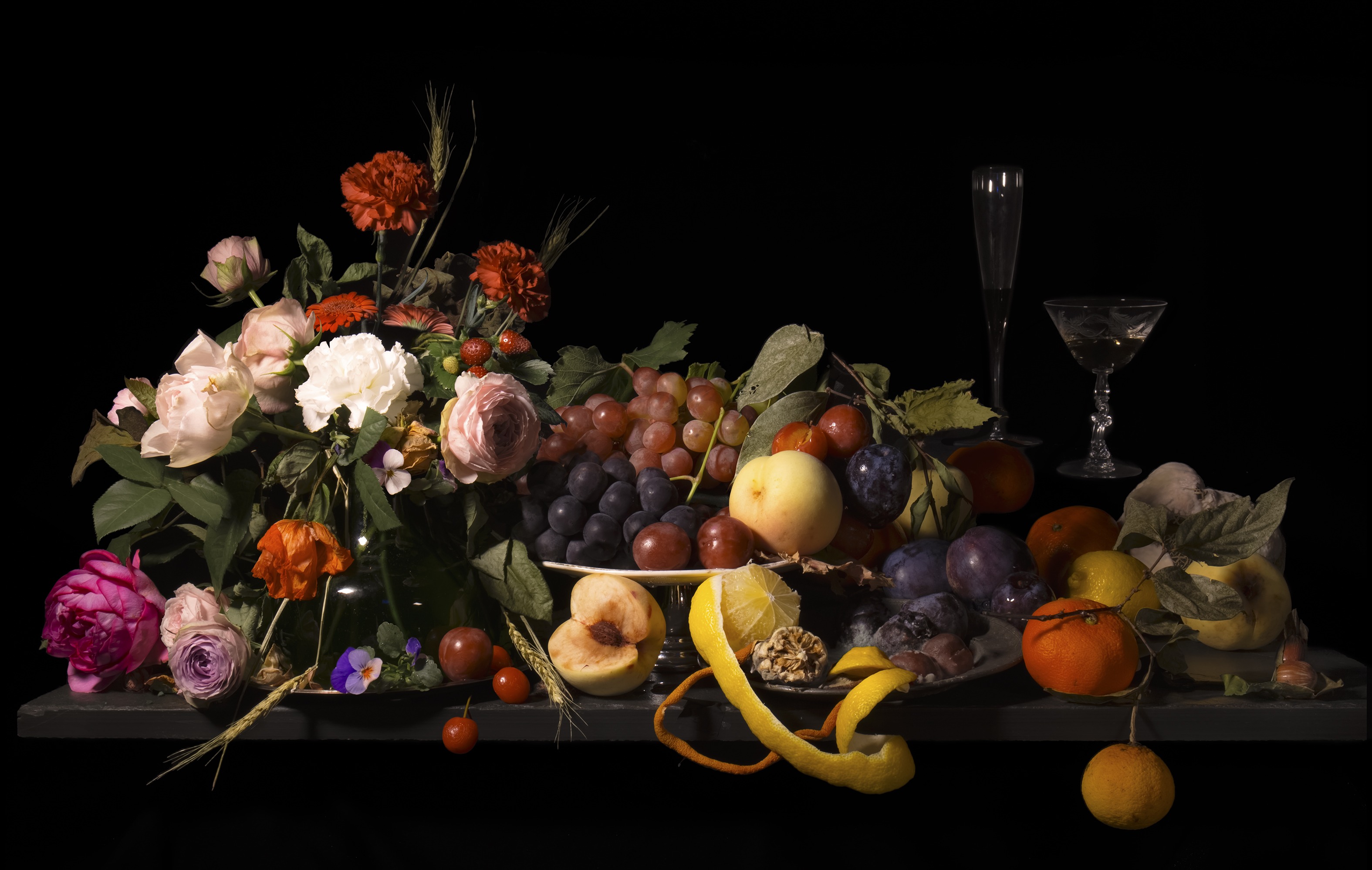
Sunday Mainichi_July 29 Issue
Magazine
Sunday Mainichi
July 29 Issue / p. 117
July 17, 2018
Art Scene / Kenji Ishikawa / Mami Kosemura: Phantasies Over Time
Publisher: Mainichishinbun Co., Ltd. / Writer: Kenji Ishikawa (Professor at Tokyo Polytechnic University)
Mami Kosemura: Phantasies Over Time
Hara Museum of Contemporary Art
June 16 (Saturday) - September 2 (Sunday), 2018
“ Is it a painting? If I look closely, it looks like a picture. Ugh, it's moving! So, it's a movie? A video? “
Just as I was when I first viewed her work, many people would probably be confused, wide-eyed, and excited in front of a square screen that resembles a labyrinth.
This exhibition, on view until September 2 at the Hara Museum of Contemporary Art in Kita-shinagawa, Tokyo, introduces the work of Mami Kosemura, born in 1975. This is the perfect opportunity to experience the labyrinth of an up-and-coming artist. The work shown here may appear to be a realistic still-life painting. In fact, it was painted in the style of a painting by 17th century Dutch still-life painter Cornelis de Heem. To be more precise, I should say that the image was actually photographed. The method of making the piece is as follows. First, she set real flowers and fruits on the table, imitating the painting. Over a period of about four months, she photographed them with a digital camera, adding new flowers and fruits, leaving some that had rotted or died during the process, and then finally compressed them into a single photograph. By following a traditional composition, the work evokes a fictionalized stage of painting, but at the same time, the work contains various traces of reality and change, including four months of time and the decay of flowers and fruits. This work contains things that are aesthetically inconvenient, or in other words, even noise such as decaying flowers and fruits, yet at first glance it appears full of life and freshness. In the seventeenth century, when composite images did not exist, various seasonal flowers and fruits mixed and overflowing in a single vase would have been a view only possible to find in paintings. This work contains things that are aesthetically inconvenient, or in other words, just noise such as decaying flowers and fruits, yet at first glance it appears full of life and freshness.
We are on the brink of ruin. But despite knowing the serious problems we are facing, we tend to be immersed in the abundance and insatiability of the status quo.
In her work, I felt as if I caught a glimpse of myself in this situation.
Flowers and fruits that are supposed to be/normally/usually still start /begin to move in "Sweet Scent" (2003), based on a still life painting by the Spanish painter Francisco de Zurbarán. Flowers and fruits which we expect to be still begin to move in "Sweet Scent" (2003), based on a still life painting by the Spanish painter Francisco de Zurbarán. The work is stop-motion which was made by connecting thousands of photographs taken by a fixed digital camera that took pictures of the set at regular intervals for months at a time. Even though her work is an animation, each moment appears to be a painting and a photograph.
I invite you to visit the exhibition space to experience a labyrinth of unknown visual experiences where painting, photography and video, or to put it a little too rigidly, spatial and time art, or ancient and modern techniques, are blended and woven together.